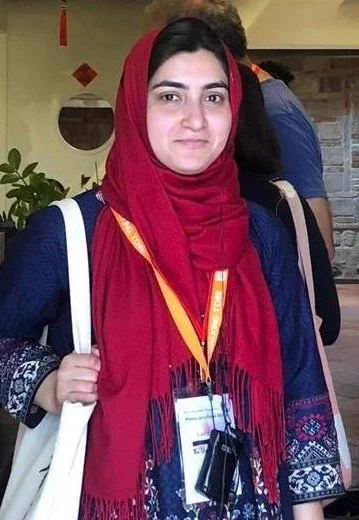Maya Sharp is an Honours student at the Australian National University, working primarily under the supervision of Prof. Cedric Simenel. Maya is researching quantum information and quantum foundations within the context of nuclear physics.
Dr Alasdair Gregor McLean is a postdoctoral researcher at the University of Adelaide.
Max Fleming is an Honours student at the Australian National University (ANU) working in theoretical physics under the supervision of Professor Cedric Simenel.
Jason Oliver is involved in searches for dark matter candidates at ATLAS, focusing on decays with charm and top quark final states.
Dr Robert Renz Marcelo Gregorio is a Research Fellow at ANU specialising in the detection and mitigation of radon in rare-event physics experiments.
I am a postdoctoral fellow at the University of Melbourne involved in the SABRE experiment and working on medical imaging. During my PhD at Saclay University, France, I developed new optically read out gaseous detectors for rare event detection, X-ray and neutron radiography, as well as medical imaging.
Leonie Einfalt is a postdoctoral fellow at the University of Melbourne working on the SABRE experiment. In her PhD she worked on high level data analysis and statistical inference for the cryogenic, scintillator-based dark matter searches COSINUS and CRESST.
Dr Eiasha Waheed is a postdoctoral researcher at the University of Melbourne working on Axion-like particle (ALP) measurements at the Belle II experiment. ALPs could provide a portal connecting SM particles to Dark Matter.
Dr Robert James is a postdoctoral fellow at the University of Melbourne. He leads statistical inference for the world-leading LUX-ZEPLIN (LZ) experiment, which utilises a deep underground dual-phase liquid xenon time projection chamber. In Australia he is currently leading physics and simulation work for the SABRE South experiment, as it prepares for initial commissioning and data taking. He is also involved in R&D efforts through the XLZD consortium to optimise the design of a next-generation liquid xenon detector to maximise its physics reach.
Dr Tarak Maity is a postdoctoral researcher at the University of Sydney, working broadly in astroparticle physics. He is interested in utilizing theoretical and experimental approaches to understand the fundamental nature of dark matter.
Dr Aivrup Ghosh has been a postdoctoral researcher in the Dark Matter Phenomenology group in the University of Melbourne, since early 2024.
Dr Raghda Abdel Khaleq completed her PhD at the Australian National University after completing a dual degree of B Advanced Science (Honours)/B Fine Arts at the University of New South Wales, where she majored in physics and painting.
Dr Robert Mostoghiu Paun has joined the Swinburne node of the Centre as a Postdoctoral Research Associate after finishing his PhD in 2020.
During his PhD, he studied the influence of baryonic physics in galaxy formation using both hydrodynamical simulations of clusters of galaxies and constrained simulations of the Local Group.
Dr Albert Kong is interested in performance-oriented software development and optimisation.
Dr Jeremy Bourhill has rejoined the team at the Quantum Technologies and Dark Matter (QDM) Laboratory, UWA, as a Research Asosciate after working for IMT Atlandique in Brest, France.
Yiyi Zhong’s area of research is SABRE experimental backgrounds: simulations and measurements of the cosmogenic radiobackgrounds in NaI(Tl), measurements of the intrinsic backgrounds in the crystal powder, and veto liquid scintillator characterization and background measurements.
Dr Jayden Newstead works on particle dark matter phenomenology, focusing on the direct detection of dark matter. He will provide a bridge between the Centre's theory and experimental efforts.
Dr Xuan Gong Wang’s areas of research are IMP dark matter, direct detection and effective field theory.
Dr Lindsey Bignell is an experimental particle physicist working on dark matter direct detection at the ANU node. He is involved with the CYGNUS and SABRE collaborations, and is interested in precision measurements and translational research.
Dr Zuzana Slavkovska’s area of research is in SABRE experimental backgrounds: simulations and measurements of the cosmogenic radiobackgrounds in NaI(Tl), measurements of the intrinsic backgrounds in the crystal powder, and veto liquid scintillator characterization and background measurements.
Dr Navneet Krishnan completed their Honours in the nuclear theory of dark matter direct detection and their PhD in the high-energy particle physics of dark matter-Standard Model interactions, working with Prof. Cedric Simenel. Their area of research is DM Theory.
Dr Aaron Quiskamp’s area of research includes work on axion dark matter searches with the ORGAN experiment. He completed his PhD at the University of Western Australia.
Dr Graeme Flower’s area of research is axion dark matter detection experiments, applications of magnetic materials, and single-photon counting.
























